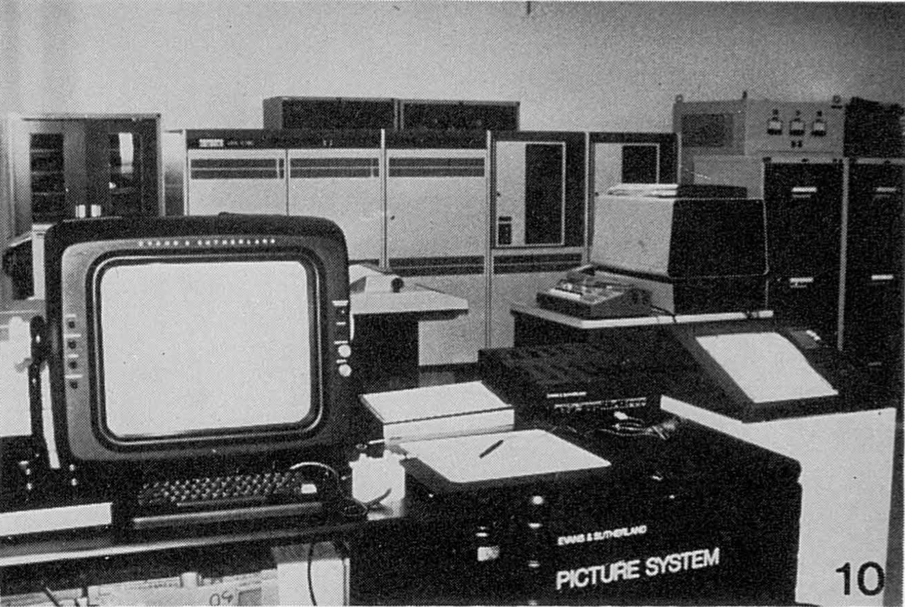As I settled in to browse the conference program for the 2014 annual meeting of the American Anthropological Association (just hours before I was scheduled to leave, natch), I was immediately struck by a common thread running through a slew of paper panels and workshops. This year anthropologists convincingly demonstrated that they have wholly embraced the Digital, it was everywhere from topics to methodological choices, technologies and communications.
Here’s a sample of what conference goers had in store:
- ACTIV(IST) DIGITAL SCREENS: THE POLITICS OF DIGITAL IMAGING ACROSS CULTURAL BORDERS
- DIGITAL ANTHROPOLOGY GROUP (DANG) BUSINESS MEETING
- DIGITAL TECHNOLOGIES AND THE PRODUCTION OF ANTHROPOLOGICAL ETHICS
- DIGITAL TECHNOLOGY, TRANSPARENCY, AND EVERYDAY FORMS OF POLITICAL ENGAGEMENT
- CONFLICTED FANTASIES: ANTHROPOLOGY AND AFRICAN MEDIA CULTURES IN THE DIGITAL AGE
- DIGITAL ANTHROPOLOGY AND CAREER MOBILITY: DO THESE GO HAND-IN-HAND?
- SEEING ARGUMENTS: VISUAL ARGUMENTATION AND PRODUCTION IN THE DIGITAL AGE
- DIGITAL DIASPORAS: AFRICAN MIGRANTS, MEDIATED COMMUNICATION, AND TRANSNATIONAL IDENTITIES
- DIGITAL MEDIA AND THE PRODUCTION OF ANTHROPOLOGY: A DISCUSSION ON VISUAL ETHICS (PART 1: PRIVACY, ACCESS, CONTROL, EXPOSURE)
- ANTHROPOLOGICAL KNOWLEDGE: ACCESS, CREATION AND DISSEMINATION IN THE DIGITAL AGE
- DIGITAL MEDIA AND THE PRODUCTION OF ANTHROPOLOGY: A DISCUSSION ON VISUAL ETHICS (PART 2: ANONYMITY, VISIBILITY, PROTEST, PARTICIPATION, IDENTITY)
- PRODUCING STORYTELLING IN THE DIGITAL AGE: NEW CHALLENGES
- ON THINGS IMMATERIAL: DATA, USERS, AND PARTICIPATION IN DIGITAL TECHNOLOGIES
- THE LIFECYCLE OF ETHNOGRAPHIC INFORMATION – CHALLENGES IN THE PRESERVATION AND ACCESSIBILITY OF QUALITATIVE DATA
- NAPA Workshop: (FREE) Software for Writing and Managing Fieldnotes: FLEX DATA Notebook for PCs
- RESEARCHING ANTHROPOLOGY AND ORIENTALISM IN THE ERA OF BIG DATA: ROUNDTABLE ON THE ARAB STUDIES Institute’s KNOWLEDGE PRODUCTION PROJECT
- SMALL-SCALE, BIG DATA: A NETWORK SCIENCE APPROACH TO PRODUCING ANTHROPOLOGY IN SMALL-SCALE FOOD SYSTEMS
- PRODUCING DATA, CRACKING DATA CULTURES
- THE BIG DATA REVOLUTION AND THE FUTURE OF SOCIOCULTURAL WORLDS
- MAKING ISLAM IN MULTIPLE MEDIA: INTERNET, THERAPY, ROMANCE, AND SCHOOLING IN THE FORMATION OF MUSLIM IDENTITIES
- TEACHING ANTHROPOLOGY ONLINE: BEST TOOLS AND PRACTICES FOR E-LEARNING
- Writing Ethnography: Experimenting on Paper, Experimenting Online
- CASTAC BUSINESS MEETING (COMMITTEE ON THE ANTHROPOLOGY OF SCIENCE, TECHNOLOGY AND COMPUTING)
- SOCIETY FOR HUMANISTIC ANTHROPOLOGY WORKSHOP ON UTILIZING FACEBOOK FOR ETHNOGRAPHIC RESEARCH
- SOCIETY FOR HUMANISTIC ANTHROPOLOGY WORKSHOP. BLOGGING BLISS: WRITING CULTURE IN THE BLOGOSPHERE
Add to this the #AAA2014 tweet-up, constant updates on social networks and blogs (not to mention the email and instant messaging we all take for granted) and it is clear — there is no part of our professional lives that is untouched by the online. Research, fieldwork, methods, teaching, scholarly communications. Digital anthropology is a major development in our discipline and rightly so, humanity, our bread and butter, is potentially redefining itself in relation to these technologies. We can’t not study this stuff!
Continue reading
